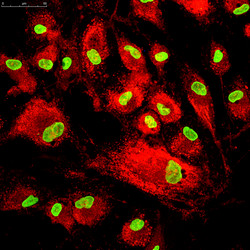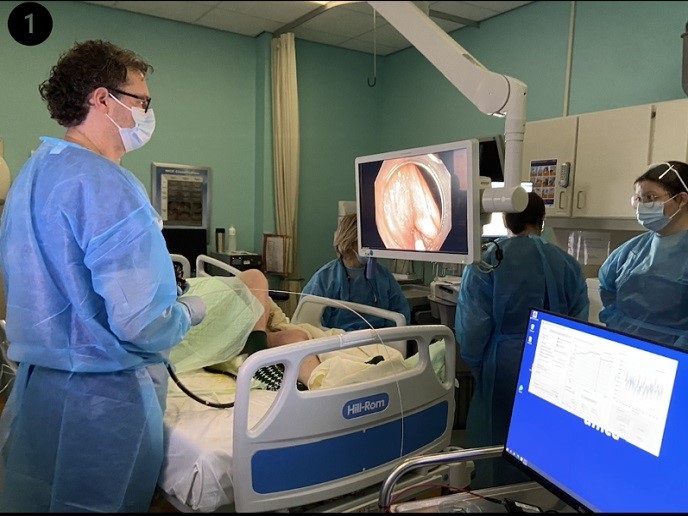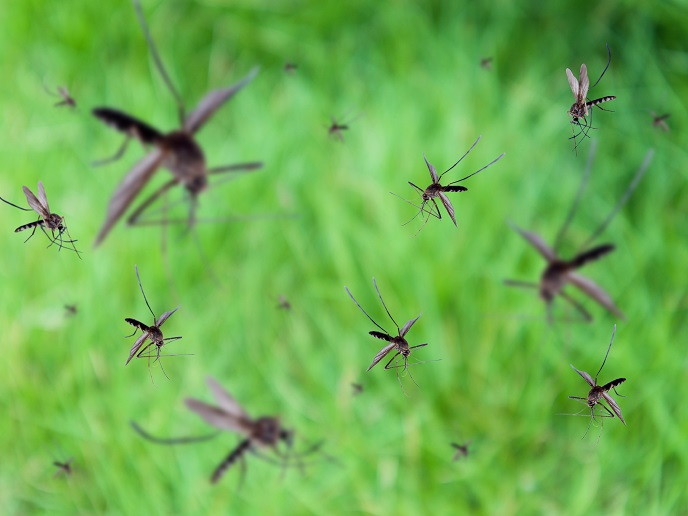Physical forces in cell migration
During normal development or under abnormal conditions such as cancer metastasis or wound healing, cell migration plays a fundamental role. Numerous studies underscore the role of epithelial cells that typically form the skin or the boundary of the organs. Physical interaction, shear as well as pushing and pulling between these cells, coordinates the migration of the cell sheet. However, recent evidence indicates that loosely connected mesenchymal cells also undergo collective migration. To understand the mechanism underlying this phenomenon, scientists on the EU-funded MESENCHYMAL COLL MOT (Physical forces involved in collective migration of mesenchymal versus epithelial cells) project studied the migration of the mesenchymal neural crest cells (NCCs) in the Xenopus laevis animal model system. During vertebrate embryo development, the NCCs differentiate at the side of the neural tube and undergo an epithelial-to-mesenchymal transition (EMT). Researchers used time-lapse microscopy to observe the migration of NCCs both in the embryo and in culture. They also established traction force microscopy to measure the forces exerted by the cells. To characterise the differences between epithelial and mesenchymal cells, they followed the fate of NCCs before and after they had undergone EMT. They validated that before EMT, NCCs behaved as epithelial cells, while after EMT they behaved as mesenchymal cells. In addition, they observed that when mesenchymal cells encountered other cells, their protrusions were inhibited and cells moved away. This phenomenon known as contact inhibition of locomotion (CIL) has been described for a wide variety of cell types. Although CIL was necessary for mesenchymal collective migration, it was insufficient to explain the entire phenomenon. Scientists observed that cell migration further required co-attraction, the secretion of a diffusible substance as well as the inhibitory molecule Versican, which enhanced the collective directional movement of cells. Taken together, the findings of the MESENCHYMAL COLL MOT study generated novel insight about a fundamental biological phenomenon. The information has further implications for cancer biology as it helps comprehend the metastatic properties of cancer cells.







